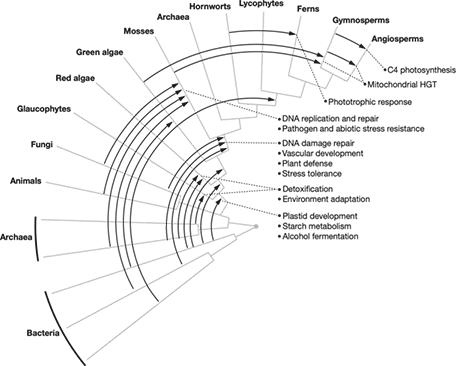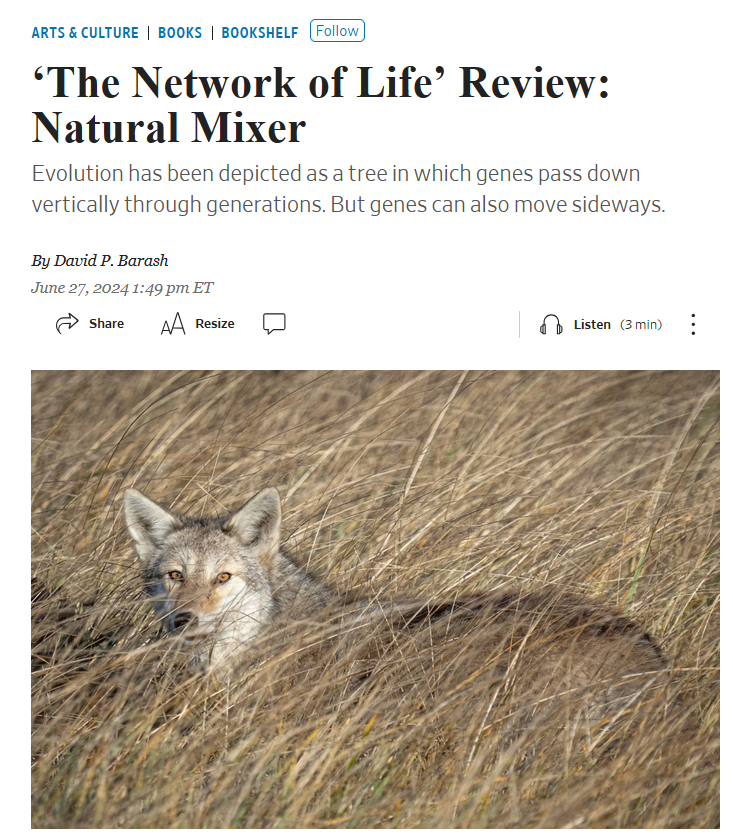David P. Mindell
Evolutionary Biologist & Author

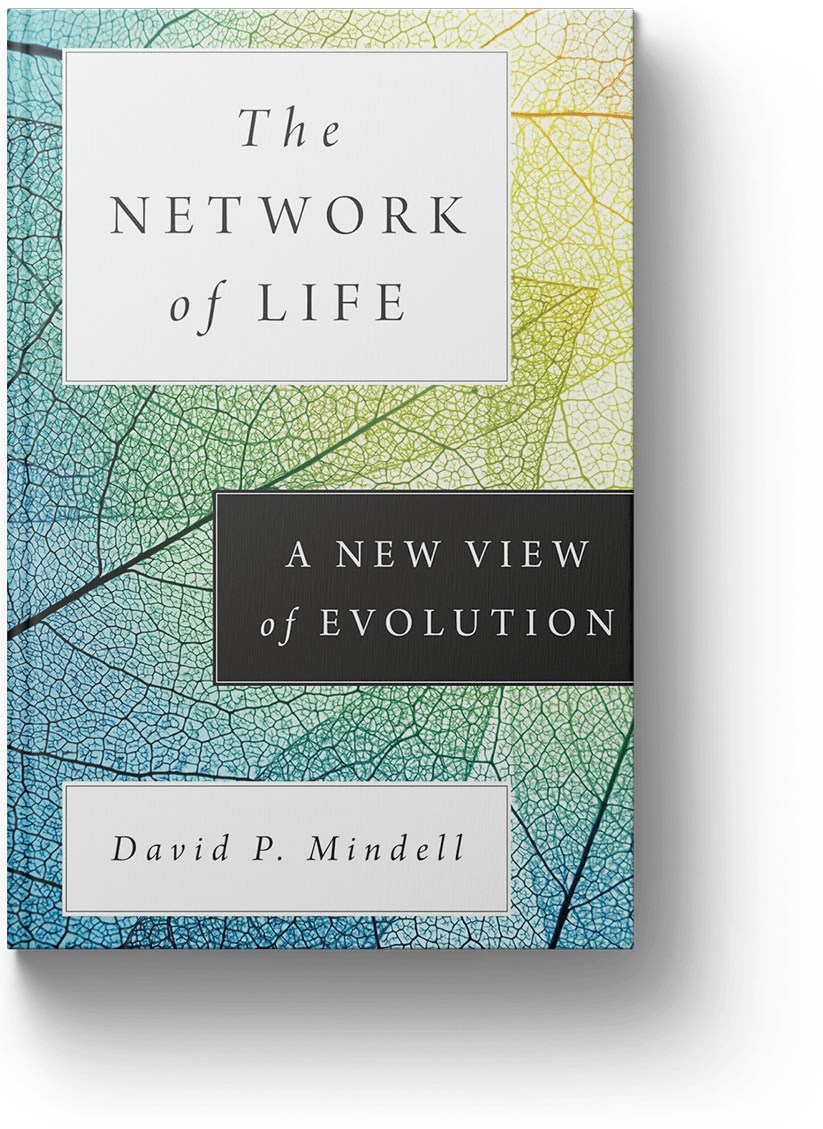
“In this excellent book, David Mindell presents a new picture of evolution. He compellingly argues that decentralization brought about by horizontal evolution is indispensable for biological innovation. Highly recommended for anyone interested in quickly grasping the recent paradigm shift in evolutionary biology.”
“Mindell’s wide-ranging inquiry into the network of life is as mind-expanding as it is bold. Mindell does nothing less than trace the outlines of a new view of life and the implications of humanity’s coexistence with nature, technology, and an ever-changing planet. From bacteria to birds, from Aristotle to Emily Dickinson (and of course Darwin), the breadth of scholarship and integration of emerging concepts is breathtaking.”
“Exploring the intersection of human evolution and the history of life on Earth, The Network of Life asks us to envision the future of humanity and biological diversity in the context of the benefits and threats of an increasingly technological world. This is an expansive and stimulating book.”
“I’d always thought of evolution as primarily a matter of ‘descent with modification’—a treelike process, only sometimes interrupted by horizontal exchange. Lately, however, I’m coming to realize that the important events in evolution—those leading to evolutionary innovation—might well be the horizontal ones. This is a paradigm shift, and Mindell’s book is what finally convinced me.”
“Beautifully written, The Network of Life convincingly challenges the conventional vertical narrative of evolution. Full of novel ideas, this is a thought-provoking, iconoclastic book that will inspire many rich discussions in evolutionary biology.”
“Dr. Mindell is an excellent guide to this complex picture. . . . [The Network of Life] offers good, solid science and a clear illustration of an emerging perspective that is beginning to pay dividends in our understanding of evolution.”
“Eye-opening analysis. . . . The heady ideas [in The Network of Life] will change how readers understand some of biology’s most fundamental concepts.”
“A perspective-shifting reconceptualization of evolution.”
“I am quite sure that Darwin, were he alive today, would embrace this added view of evolution and would be foremost in its supporters. . . . The book is beautifully written and thought-provoking in myriad ways.”
“A perspective-shifting reconceptualization of evolution.”
About David
David P. Mindell is a senior researcher at the Museum of Vertebrate Zoology, University of California, Berkeley. He is an evolutionary biologist focused on systematics, molecular evolution, and the conservation of birds—especially raptors—and the big picture of life’s evolution.
His path began as a young naturalist and falconer and continued through an academic career of research and teaching evolution to undergraduate and graduate students. He previously served as professor of ecology and evolutionary biology at the University of Michigan, director of the UM Museum of Zoology, and dean of science at the California Academy of Sciences.


For me, evolution has always been the most compelling story about humans and our natural roots – it is our own thriller. We are embedded in it, as it is embedded in us. New knowledge regarding the plot should be brought to light so we may better understand ourselves and our world.
– David P. Mindell
Media
Contact
info@davidpmindell.com
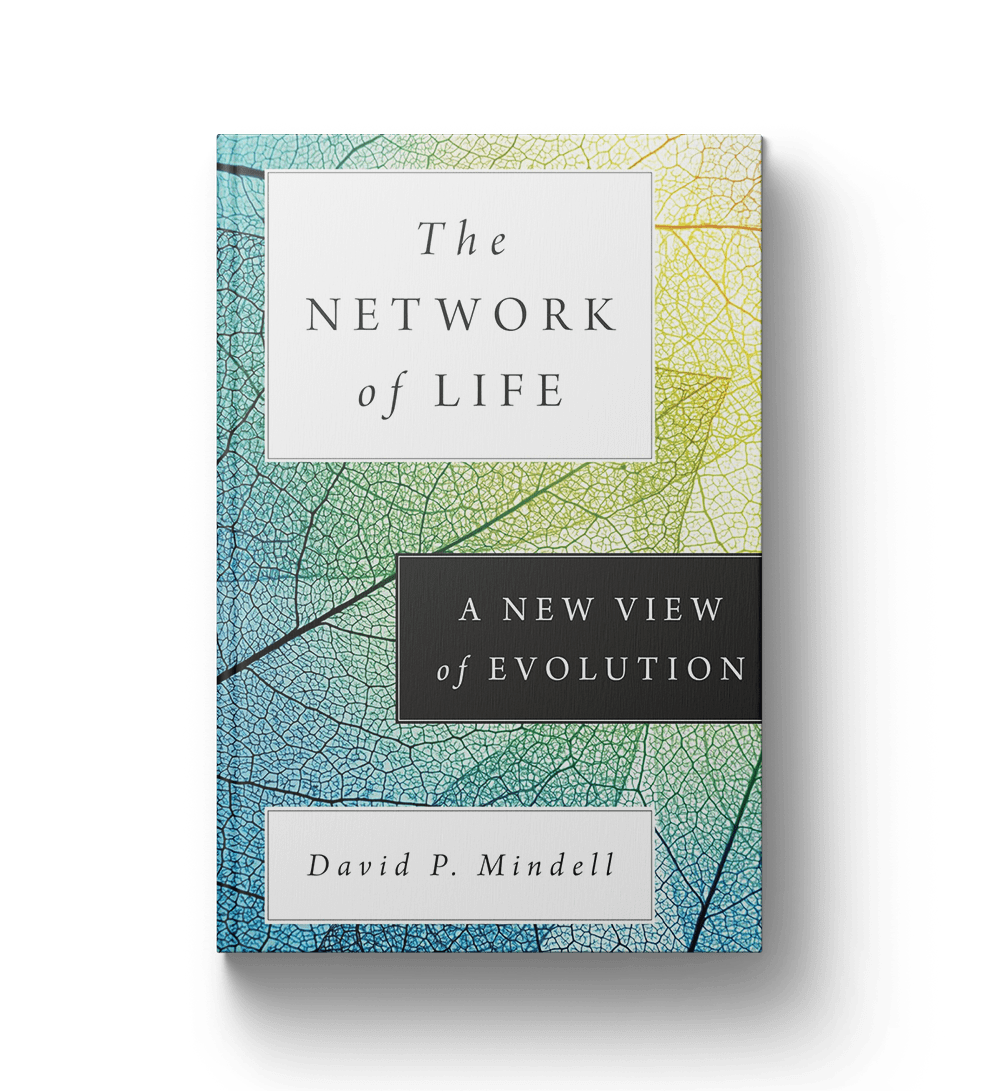

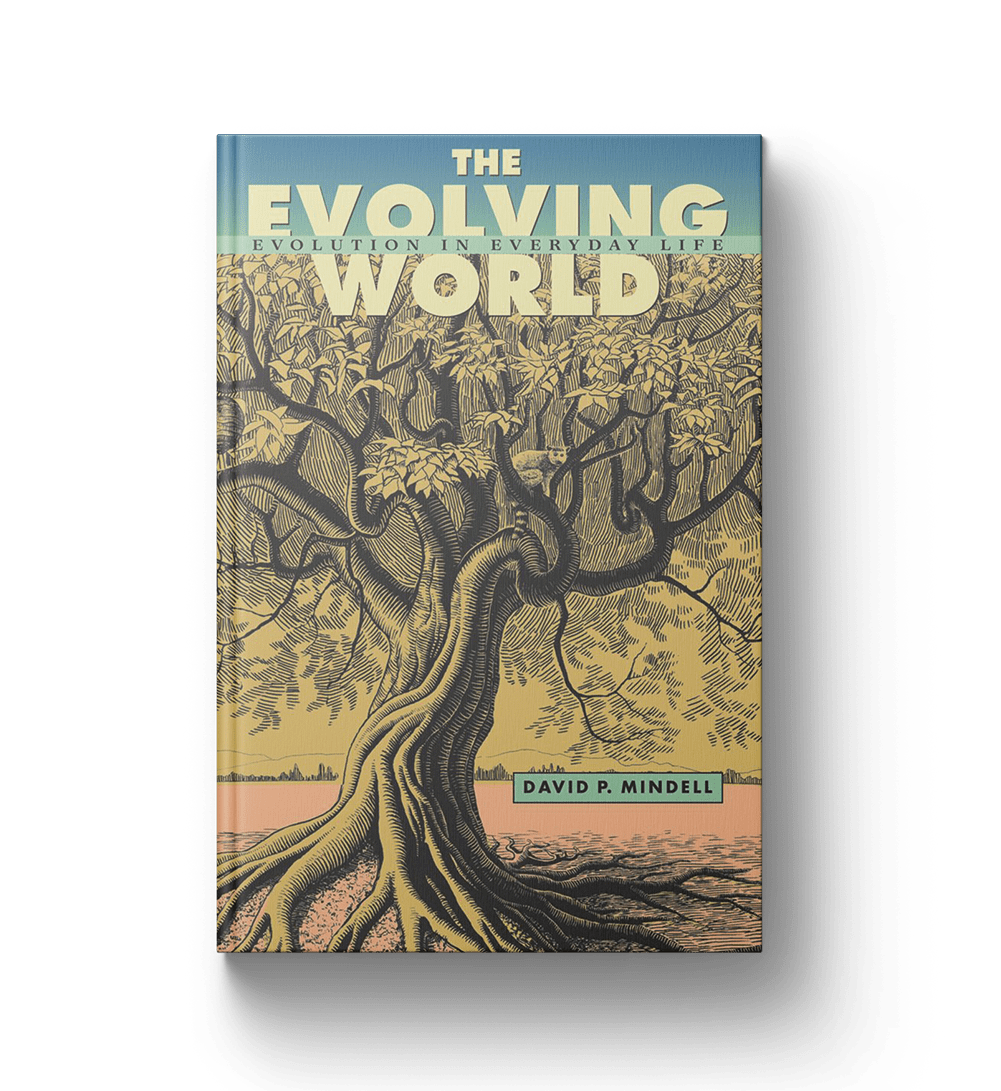
 Excerpt from Chapter 1 – The Network of Life: A New View of Evolution
Excerpt from Chapter 1 – The Network of Life: A New View of Evolution